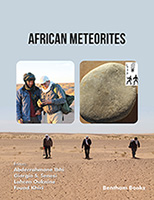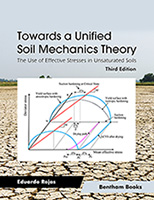Preface
Crude oil and consequently polycyclic aromatic hydrocarbons (PAHs) have been released to the marine environment long time before humans discovered oil through natural oil seeps. Nature has quite efficient systems for cleaning up these releases of contaminants. Since the first human oil excavation started at sea, many oil spills of small and large sizes, have been taking place (chapter 1, 2 and 3). These types of incidents represent an overdose to the natural processes.
The natural defense system for oil degradation is micro organisms, mainly bacteria, which can use the components in oil as an energy source (chapter 7). However, these bacteria preferably use the readily available straight chain hydrocarbons as their first choice of nutrition. This results in a very slow natural removal of larger components such as PAHs, which requires more processing in order to utilize the energy found in the molecules. With great abundance of easily accessible energy sources available, e.g. alkanes, which is the case in an oil spill, PAHs will accumulate in the environment. The micro organisms will only start breaking down these compounds in order to get energy once other energy sources are used up. In the meantime PAHs, which have been pointed out as the most toxic organic compounds found in oil, will impact marine life.
Research has shown that PAHs cause severe effects on fish at all life stages, with the most severe effects found on fish embryos. The book will convey an up to date overview of the current state of knowledge regarding the negative health effects of PAHs on marine life (chapter 1 and 4). Most of the health problems related to exposure to PAHs are caused by the oxidized metabolites that organisms generate in vivo in order to excrete the unwanted compounds (chapter 5). The metabolites are much more reactive and therefore also more toxic than their mother compounds (chapter 4 and 5). These secondary compounds are prone to react with DNA and proteins to form adducts.
Central in research directed towards understanding the mode of action for PAH metabolites in vivo has been the preparation of synthetic material (chapter 6). This material has been utilized as standards for analysis and starting point for studying further metabolism in vivo. Moreover, due to their presence in the marine environment and their genotoxicity, there is a standing requirement for oil and gas operators to monitor their concentration and influence on marine life through environmental monitoring studies (e.g. the Water Column monitoring) (chapter 2).
Although a lot is known about the influence of PAHs on the environment, and the marine environment in particular, there are still many unresolved questions that are awaiting answers. It is our intention that this book will give a solid basis facilitating the pursue of these unanswered questions.
Daniela M. Pampanin
International Research Institute of Stavanger
University of Stavanger
Norway
&
Magne O. Sydnes
University of Stavanger
Norway





